I don’t mean BETTER. That’s a different conversation. I mean cooler.
An old CRT display was literally a small scale particle accelerator, firing angry electron beams at light speed towards the viewers, bent by an electromagnet that alternates at an ultra high frequency, stopped by a rounded rectangle of glowing phosphors.
If a CRT goes bad it can actually make people sick.
That’s just. Conceptually a lot COOLER than a modern LED panel, which really is just a bajillion very tiny lightbulbs.
Pneumatic tubes were way, way cooler than email.
Of course, you could only use them to send a message to someone in the same office building, so the comparison isn’t perfect… but you know what I mean.
I’m not crazy old, but I’m old enough that the supermarket I went to as a kid had these at all the checkout aisles and the cashiers would use them to send cheques/reciepts/ whatever.
It was awesome to see.
They still use them today in some supermarkets, now they use them to send packets of cigarettes through the store.
That’s actually a pretty good use. In my local market they send the person to a separate counter.
Very cool, I’ve never seen the ones that can send a person. Can they breathe in transit?
It’s pneumatic, not vacuum. Geez.
Making it dangerous to smoke while in transit. I see why the people ones didn’t catch on in the 50s.
Okay, maybe my town is just not up to date, but these are still in use at all the banks and pharmacies where I live. Are they phased elsewhere?
I haven’t seen one in years, but the fact that they’re all used is awesome.
They are used in some hospitals in central Europe
In the Netherlands I see them in nearly every big hospital. I think for sending blood samples to the lab quickly. (Possibly among other things)
The Kroger pharmacy here replaced their awesome pneumatic tube with a boring sliding drawer.
Some downtown big cities had the buildings interconnected.
Prague had a large pneumatic post system which operated for 100+ years.
I had no idea there were systems that spanned entire cities! Thanks for the link!
Roosevelt Island in New York City uses pneumatic tubes for trash collection!
Ironically, it actually sucks less than the famously terrible way the rest of the city does it.
Cool. Thanks for the link!
Big hospitals still have them to send medications and random lightweight stuff around the complex. My wife has worked in two large hospitals that had pretty extensive tube systems, used especially with pharmacy.
Tom Scott does a youtube video about one in Canada (IIRC) where they send radioactive medicine from the lab a down the road to a hospital due to the half life of the medication making traditional transport (ie vehicles) impractical.
Edit: bothered to look it up
deleted by creator
My Walmart has them for a pharmacy drive thru.
The two major hospitals, relatively near me, use a combination of tubes, and robots, to dispense medications. One is working on completely robotic food service, and has completely robotic floor cleaning/polishing. Both, also, have robots that do the basic landscaping maintenance, like mowing/edging. There is more, it is interesting to walk around and see all these infrastructure systems work. Feels, at least partially, like the promised future of sci-fi.
Before ATMs, bank drive-throughs (the ones with multiple lanes for cars) had pneumatic tubes to send cash and checks to the bank teller, or receive cash.
Some probably still do. I feel like I used one within the past 10 years.
They’re still in use at most banks where I live. Most hospitals use them too; way faster than dumbwaiters
I remember those! I wouldn’t be surprised if they’re still in use. I’ve never used the drive-through lane at my bank. I can deposit checks online by taking a picture of it (which still seems weird to me), and I use the ATM for everything else.
The factory i work at occasionally still uses them for delivering tests to the lab, pretty cool to hear them swish around in the pipes.
Hate someone in the office? Pour hot coffee into the container and send it to your victim.
I like the look of vacuum-fluorescent displays (VFDs) – a high-contrast display with a black background, solid color areas. Enough brightness to cause some haloing spilling over into the blackness if you were looking at it. Led to a particular design style adapted to the technology, was very “high-tech” in maybe the 1980s.
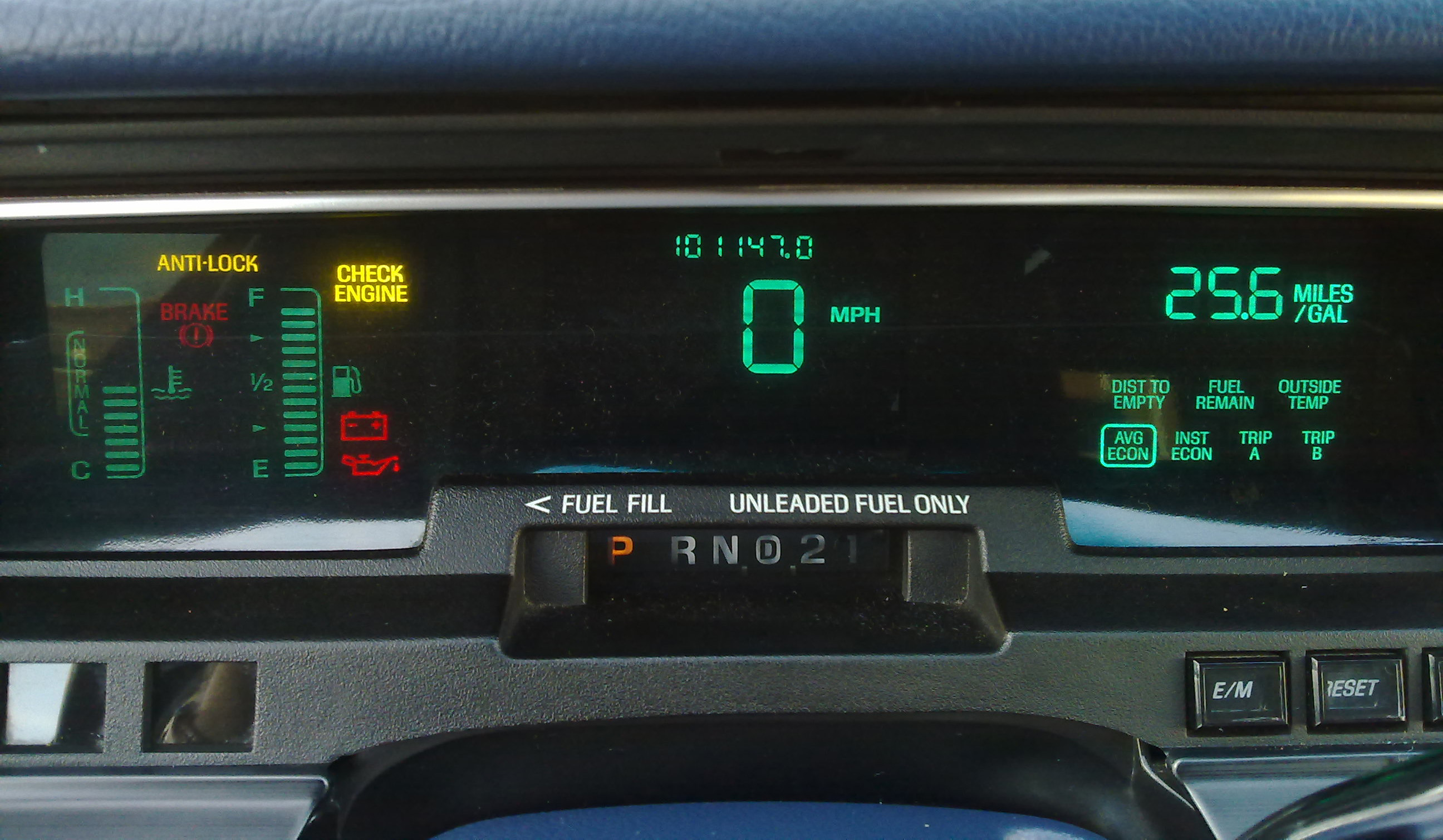
OLEDs have high contrast, and I suppose you could probably replicate the look, but I doubt that the style will come back.
https://en.wikipedia.org/wiki/Vacuum_fluorescent_display
EDIT: A few more car dashboards using similar style:
https://s3.amazonaws.com/skillshare/uploads/session/tmp/50c99738
https://www.pinterest.com/hudsandguis/retro-car-dashboards/
And some concept cars with similar dash:
https://www.hudsandguis.com/home/2022/retro-digital-dashboards
Some other devices using VFDs:
My kid’s car is like this. I’ve been calling it retro-futuristic, which I think is a pretty apt description.
Oh what kind of car? I’d love for this style to come back for a bit.
Suzuki Aerio SX. I can’t find a picture that shows the whole dash, but here’s part of it:
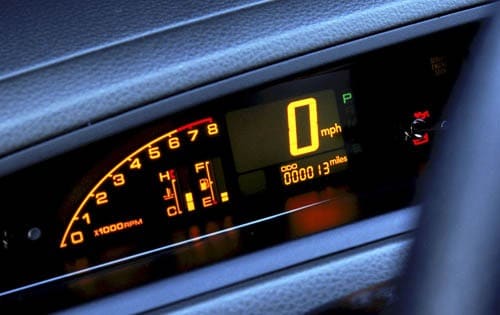
Many receivers and amplifiers still have VFDs to this day. I still wonder why, LCD has to be significantly cheaper.
They look cool as hell though, so I appreciate that they go the extra step.
As someone who also likes VFDs, I’ve fully expected that they’d be extinct in new products by now thanks to cheap LCDs and OLED. But I find it awesome that they’re still hanging in there.
VFDs are the shit!
As a kid, I had this tabletop video game called “Dracula” that featured a multicolor VFD display. I loved that game.

Cars used to be cool. Every car company had some kind of sporty car, a couple cheap cars, a big luxury sedan and, a while ago, a station wagon.
Now every car is an SUV or CUV. Sedans are getting phased out. Cool sports cars don’t make money so they don’t make them. People don’t buy station wagons so they don’t make them. And they’re pushing big, angry trucks on everyone.
And we can’t get small trucks due to a loophole in EPA regulations. I just want something like an old-school Ranger, light, easy on gas, two jump seats in the back for the kids.
Alternately, I’d take an El Camino.
Fuck yeah, I’d love an El Camino
The old Ford Rangers were definitely not easy on gas, and those back seats were extremely unsafe. But we could absolutely have trucks that size now that are fuel efficient and safer, and I would buy one in a heart beat. Hell, I tried to buy a Maverick but it’s been impossible every year and now they don’t even come with the hybrid drivetrain standard so I’ve lost interest.
Compared to any of the bigger trucks of the dame vintage? They were cheaper on gas
I’d take it even further: Cars used to be cool - in the 50s to late 60s. Modern cars look so bloody bland in comparison. I’m sure there were duds as well, but the models that show up in period pieces look way cooler than anything we have today.
I think that some of that is fuel efficiency requirements forcing convergence.
The sedan thing weirded me out too – I mean, when I think of a “car”, I think of a sedan – but as I understand from reading, that related to people wanting larger maximum cargo space in the car, like if they had to shove a piece of furniture or something in it. I’m in the sedan camp – in the very rare case that I need to move something really large, I’m just gonna U-Haul it. But I can at least understand the concern people have.
The truck and generally-large vehicle thing, I think, related to a combination of:
-
The chicken tax. American auto manufacturers have a 25% protective tariff covering the “light truck” class, making it much more profitable for domestic sales.
-
Fuel efficiency exemptions granted that class (which I suspect may have something to do with regulations resulting from lobbying from said manufacturers and them having incentives surrounding the above chicken tax).
https://en.wikipedia.org/wiki/Corporate_average_fuel_economy
CAFE standards signaled the end of the traditional long station wagon, but Chrysler CEO Lee Iacocca developed the idea of marketing the minivan as a station wagon alternative, while certifying it in the separate truck category to allow compliance with less-strict CAFE standards. Eventually, this same idea led to the promotion of the SUV.[106][107]
The definitions for cars and trucks are not the same for fuel economy and emission standards. For example, a Chrysler PT Cruiser was defined as a car for emissions purposes and a truck for fuel economy purposes.[2] Under then light truck fuel economy rules, the PT Cruiser had have a lower fuel economy target (28.05 mpg beginning in 2011) than it would if it were classified as a passenger car.
-
High American towing requirements. That is, American vehicles have far more restrictive towing requirements than in most other countries – you need a larger vehicle to legally tow a given load than in many other countries. I suspect that the regulations may also have something to do with American automakers lobbying for protective regulation; it pushes American consumers to buy from that protected class of vehicles.
Long story short – I think that you can probably chalk a lot of that up to rent-seeking out of Detroit.
-
The engine compartment of a really old car, say pre-1970s, is almost comically empty. Anything newer has so many ducts and hoses you can’t see the ground.
I’m tired of fuckin hatchbacks, I just want a regular car, not an SUV, not a truck, just, a fucking car car.
People don’t buy station wagons so they don’t make them.
Hatchbacks are just renamed station wagons. Change my mind.
It’s because people want a big boot. In Europe hatchbacks/cross overs are favored over sedans for that reason. And people just don’t like the look of a station wagon/estate car. Only the luxury brands still make sedans.
Disney lost their old camera tech used to make a “yellow screen” with sodium vapor lights.
It’s actually better than a green screen because the yellow light is so specific that even if you remove that particular frequency of light, everything else still looks fine. You can do all sorts of things that would normally be very difficult to pull off with any of our green screen tech (like drinking water in a clear bottle or wearing a rainbow dress).
This was a really cool video!
Considering LEDs are so good at producing a very tight wavelength, I wonder if this could be replicated with more energy efficient lamps.
Or if non visible spectrum lights can be used to make similar alpha channel masks that don’t affect lighting the scene.
A laser, maybe, but definitely not LEDs. Vapor/gas lamps produce the narrowest frequency bands possible, because it comes from very well defined atomic transitions (Hz range). LEDs produce frequency bands with widths in the GHz/THz range, while semiconductor lasers can maybe reach KHz if they are really good. So, unfortunately, for this type of applications, vapor lamps would probably still be needed.
Source: I work with lasers and spectroscopy.
Edit: very good idea about using non-visible light!
Is there some filter that you could put up over the LEDs that would block everything but a very narrow frequency of light?
Well, one possibility is using something known as Fabry-Perot filter. It allows an extremely narrow frequency to pass, due to multiple reflections and interferences inside the material. Put the light source material within this filter, and you get a laser. That’s essentially the main difference between a led and a semiconductor laser. The filter makes only a narrow band of the emission be “stuck” there, creating a feedback effect that eventually tends to infinity, and a good chunk of that power passes through the filter reflectors, which are intentionally not perfect.
Other than that, I don’t think there is a filter that could be as narrow as the line emission from vapor lamps. Maybe using metamaterials, but a laser would be so much cheaper and easier. A vapor laser would certainly get the job done, but they are large and hard to maintain.
Steam locomotives. The crazy streamlining, the size of some of those motherfuckers. 6 foot tall wheels, 100 tons moving at 125mph and all that shit accomplished 80+ years ago
Also, when they catastrophically failed they wound up looking like industrial lovecraftian horrors and produced some of the loudest non-nuclear man made explosions.
None of which is a good thing, but is still pretty cool.

Looks like one of those mechanical cancer SCPs.
deleted by creator
I got one that slid up to reveal the keyboard after watching The Matrix, and I thought it was the coolest phone ever. I still have it, and I still think it is pretty cool.
Edit: it’s not an actual keyboard though, it’s a phone keypad for dialing or sending texts with t9 input.
It was the Samsung A737.
It looks like this closed
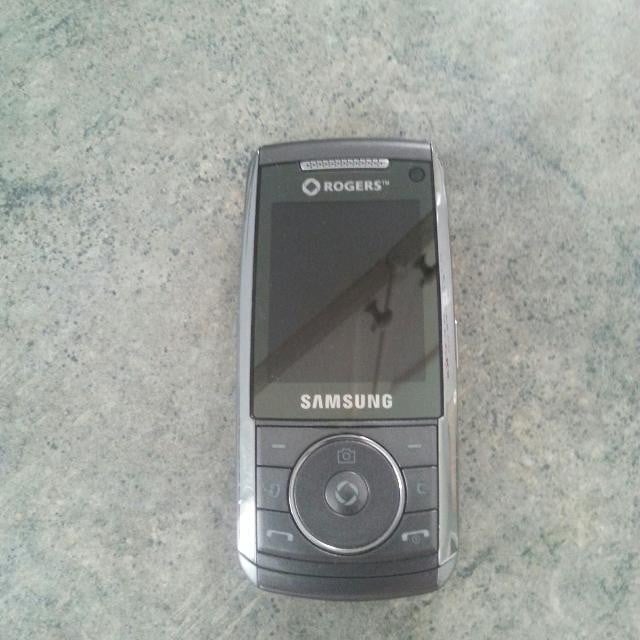
And here it is open
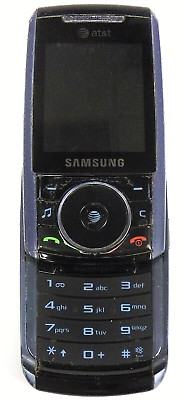
I still have my Sony Eriksson W580i, also thought it was the coolest thing.
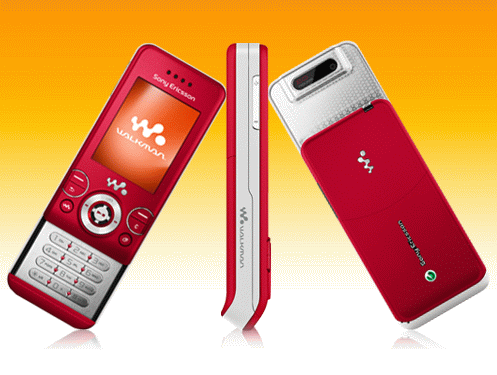
Still works and holds a charge, pulled photos off of the memory card recently, cameras have gotten a lot better… Had the red one, have had some very brightly colored phones, my favourite being the bright yellow Nokia Lumia 1020

Had an amazing camera on it.Those are cool phones too, especially the red one! Yeah, the old digital cameras used to be junk. I have some old digital photos that look like they were taken on a potato.
I think my favourite thing about those old Lumias was the dedicated camera shutter. The 1020 even had a battery grip case so you could hold it more like a digital camera.
When the Vengabus has poorly shielded speakers.
Mine folds in half, so that’s kinda cool
Micheal Fisher’s kbin account.
Oh man…I have an entire ten page paper on the go about this topic and it just keeps growing. One day I’ll publish it in a blog or something, but for now it’s just me vomiting up my thoughts about mass market manufacturing and the loss of zeitgeist.
The examples that I always use are a) Camera Lenses, b) Typewriters, and c) watches.
Mechanical things age individually, developing a sort of Kami, or personality of their own. Camera lenses wear out differently, develop lens bokehs that are unique. Their apertures breath differently as they age No two old mechanical camera lenses are quite the same. Similarly to typewriters; usage creates individual characteristics, so much so that law enforcement can pinpoint a particular typewriter used in a ransom note.
It’s something that we’ve lost in a mass produced world. And to me, that’s a loss of unimaginable proportions.
Consider a pocket watch from the civil war, passed down from generation to generation because it was special both in craftsmanship and in connotation. Who the hell is passing their Apple Watch down from generation to generation? No one…because it’s just plastic and metal junk in two years. Or buying a table from Ikea versus buying one made bespoke by your neighbour down the street who wood works in his garage. Which of those is worthy of being an heirloom?
If our things are in part what informs the future of our role in the zeitgeist, what do we have except for mounds of plastic scrap.
Automatic watches and grandfather clocks. The way they kept track of time using only mechanical principles is crazy. How does my automatic watch recharge itself using only the movement from wearing it and keep accurate track of time. Grandfather clocks are cool because they’re so power efficient.
They are very cool indeed. And the fact that you can have a century old watch on your wrist and it’s just as useful as a modern one. In fact I’m wearing a watch from the 50s right now!
deleted by creator
Pop up headlights! Way cooler that way. I’ve heard a couple reasons given for why they stopped being a thing, but one of them is that they were considered too unsafe for pedestrians-
Which is a fucking crazy though when you consider what we now blindly accept in automotive design with respect to pedestrian safety 😅
I MISS CLEAR COMPUTERS >:(
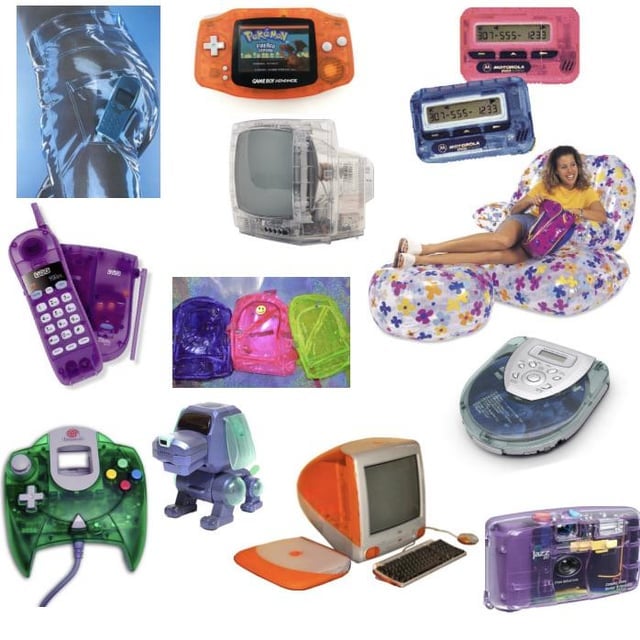
I mean LOOK AT IT it’s so much cooler than just a box!
The SteamDeck community has been cooking with some clear cases which I would buy if I didn’t have to risk breaking my beloved $500 indie machine.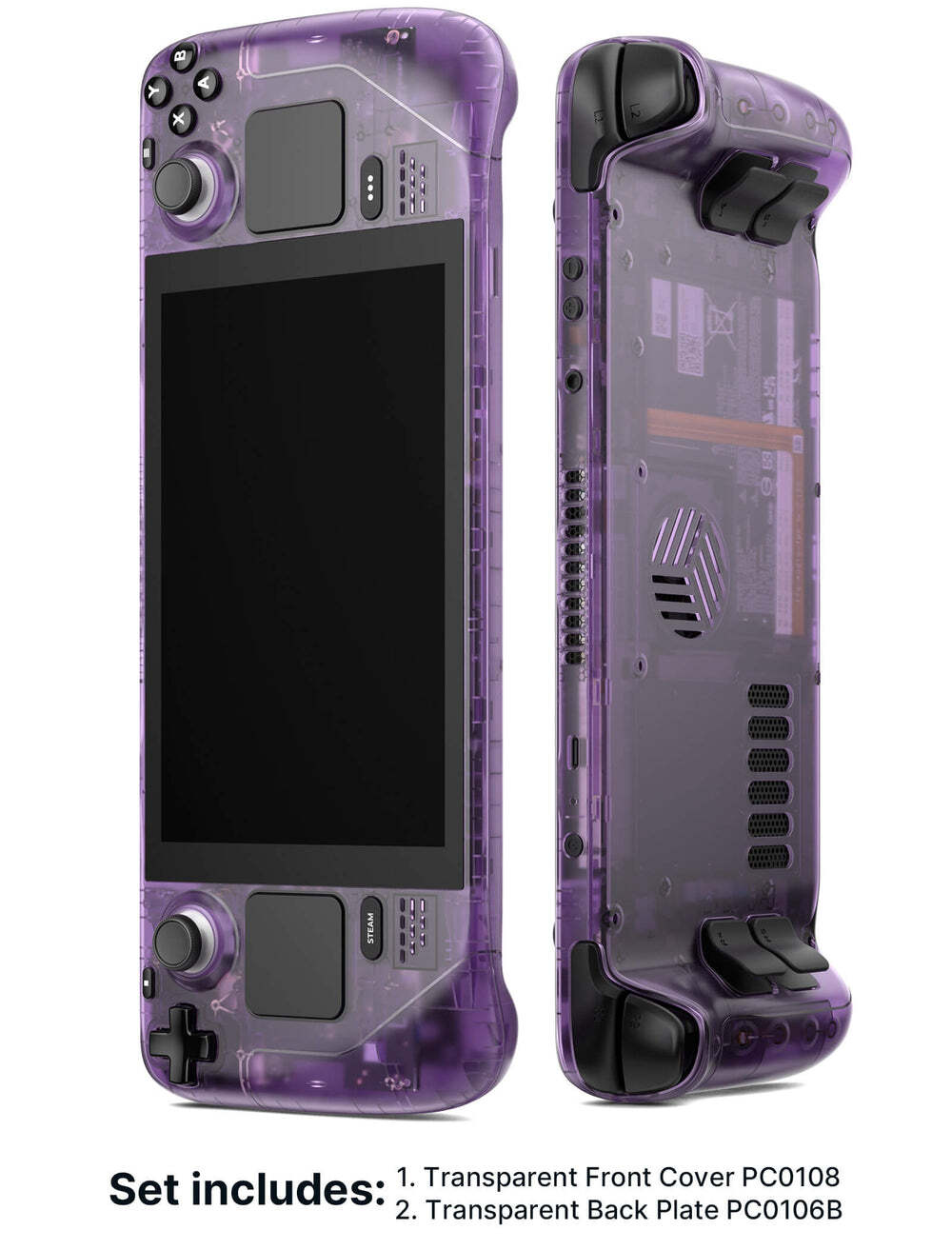
I miss plastic electronics. Oddly enough glass and metal feel more fragile.
HTC knew what was up with the HTC One series. Their polycarbonate bodies felt Nintendo 64 controller levels of durable.
I’ve got a drawer that has a stack of my old phones and devices in it. Among them is the CD MP3 player I’ve had since high school. It’s 24 years old, made entirely of plastic, it followed me all the way through high school and part of the way through college, and it’s in perfect working condition and bears only light scuffs. It might be my midlife crisis coming on but I’m tempted to start using the thing again instead of my smart phone. My PC tower has a 5 1/4" bay, I’m tempted to install an optical drive in it.
I still move a 5.25" Blu Ray writer drive between machines. Just in case I want to rip or watch an old bluray.
Without it, we have to sit.and wait for the dusty Xbox One to update just so it let’s us play a bluray.
The Xbox One is so fantastically bad, the only reason it’s not in the garbage is because it’s not mine and the SO wants to save it
I realize my smartwatch is made with really hard to scratch or crack glass, but every single time I ding it on something, I anxiously check to see.
YEYEYEYEYEYEYE
One of my dream projects would be to get a dead iMac G3 and make a modern-day sleeper build inside it. It was honestly the COOLEST a computer has EVER looked.
I’ve still got original Mac from 1984 and have been mighty tempted to see what I could do with a raspberry pi
I bought the translucent nitro purple back plate. Very easy to install.
If you go to a United States prison, all of the electronics are clear!
YOOOOO that purple one! I wonder how hard it would be to do this to mine… time to add this to the Christmas list lol
best of luck! the one in the photo is from the company JSAUX but I don’t know much about it, just thought it looked pretty
I remember the clear telephone in my friend’s dorm room. He called it Pavlov because he had to respond to it when the bell rang.
The Switch Pro Controller is a little bit transparent which is cool.
I broke the screen on mine doing the transplant. Was able to get a new screen to fix it but it made it a 100 dollar project instead of a 20 dollar project.
The internet?
Web 1.0 and even before was way cooler than this corpo bullshit web we have now.
Home stereo systems. As a kid I remained enthralled by the metal face and the heavily tactile buttons and switches and knobs. You felt a delicious variety of feedbacks for every action you took. I honestly think we really lost something special when tactility left technology. It was so satisfying to just use.
Any mechanical regulation process that used to be handled by actual machine parts. Think of the centrifugal governor, this beautiful and elegant mechanical device just for regulating the speed of a steam engine. Sure, a computer chip could do it a lot better today, and we’re not even building steam engines quite like those anymore. But still, mechanically controlled things are just genuinely a lot cooler.
Or hell, even for computing, take a look at the elaborate mechanical computers that were used to calculate firing solutions on old battleships. Again, silicon computers perform objectively better in nearly every way, but there’s something objectively cool about solving an set of equations on an elaborate arrangement of clockwork.
The idea of punch card programming blows my mind.
He’s not talking about punch card programming, that’s way more advanced and requires a Turing machine, what he’s talking about is computers as the term was using before what you would think as a computer existed.
The example in the video is for the computer on a cannon in a battleship. If there wasn’t a computer you would need to adjust the angle and height of the cannon, but that’s not something a human can know, what humans can know is angle to the ship and the distance to it, so instead you put two inputs where a human inputs that and you translate that into angle/height. Now those two would be very straightforward, essentially you just rename the height crank to distance. But this computer is a lot more complex, because wind, speed, etc can affect the shoot, so you have cranks for all of that, and internally they combine into a final output of angle/height to the cannon.
That’s cool, but punch card programming blows my mind.
To add, there is something about those old 40s and 50s era technical films like you linked that is just so… I don’t what exactly it is, but I find them fascinating and genuinely informative, even though they are explaining tech that is decades obsolete.
It’s pretty awesome that they are still available 70+ years later in excellent quality!
Someone showed me a record turntable with what must have been a centrifugal governor! What an ingenious device. (I got the impression from him this was unusual for a turntable, at least…)
I was under the impression that all wind-up turntables (I.e.: from the shellac records and steel needles and mechanical reproducers era) were using mechanical governors
Maybe I’m wrong though.
Oh I know little to nothing about turntables, so you’re probably right :-)
H model C-130s, the ones with the 4 square blade props? The engines and props are mechanically governed. There are electronic corrections applied, but the core of the systems are purely mechanical. Still flying.
Source: former flight engineer on them.
Centrifugal governors are possibly one of the origins of the phrase “balls out” or “balls to the wall” (although many say “balls to the wall” has to do with the ball-shaped handles on old aircraft throttle levers)
Also somewhat similar to governors are centrifugal switches, which are used in just about anything with an electric motor to disconnect the motor from a capacitor which gives the motor a little extra juice to get it going (I like this video for an explanation of how they work)
I didn’t know that was a thing. Thanks! I’m honestly surprised some MBA bean counter hasn’t replaced those with a chip of some sort by now. Really cool!
Bicycle shifters.
The first iteration that could be operated without stopping was the Campagnolo Cambio Corsa.
To shift, you had to reach behind you, where there were 2 levers.The first one loosened the rear axle so it could move freely back and forth in the dropouts.
The second one had an eyelet you could use to move the chain sideways.
You put the chain on a different cog, and the rear wheel jumped forward or back due to the changed chain length.
Then you tightened the rear axle again.It’s terrifyingly beautiful:
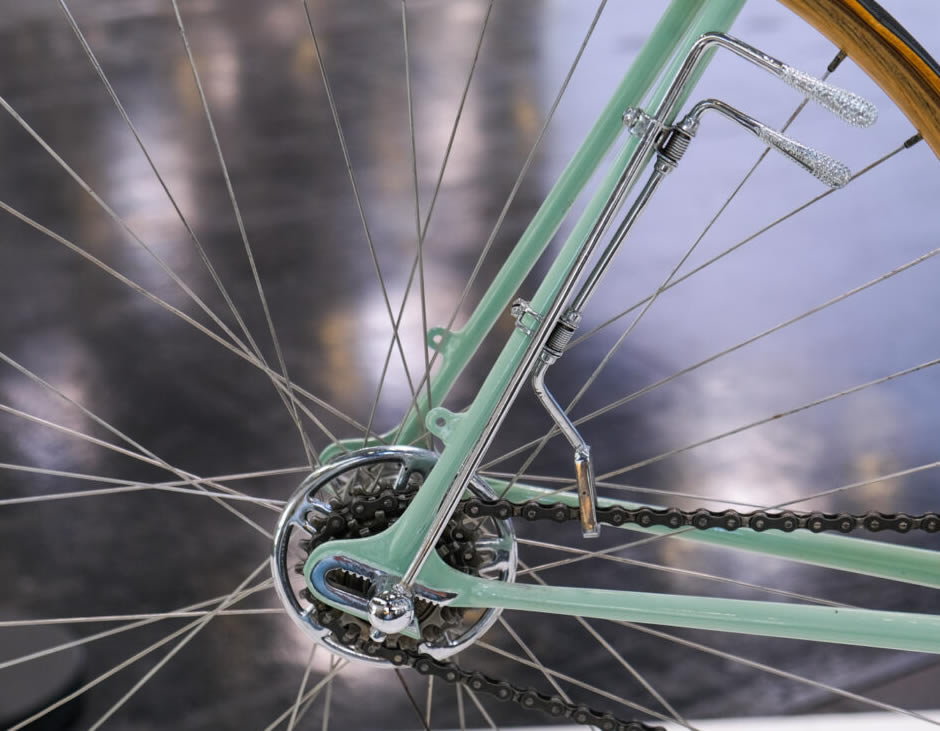
To make sure I understand, you reached back and grabbed those levers while pedaling and riding the bike?
How many people lost fingers by sticking them into the spokes, I wonder?
Yes.
This sounds like a gadget specifically designed to make people fall off their bikes and break their bones.
… Cool.
Honestly those are terrifying. I can’t imagine doing any of that whilst on the move.
Hi there
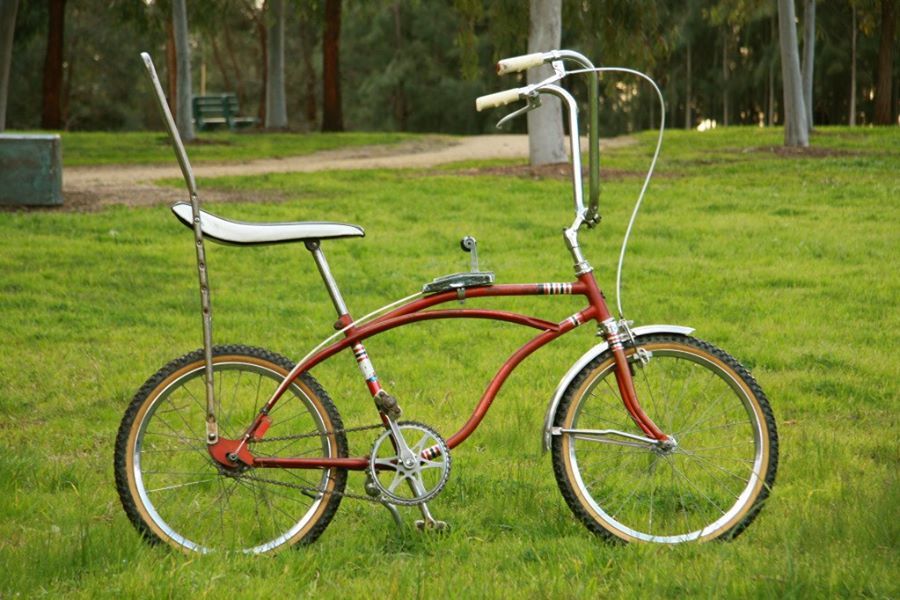
The fuck!
A lot of older tech had a way more interesting silhouette. You can see this clearly in how many objects live on in icon form. We still often use handset phones, magnifying glasses, gears, or the infamous floppy disk save icon. I think the staying power of these really comes from how ephemeral and formless digital tech can be.
Reminds me of the device icons in Microsoft Intune.
Android is represented by a rounded rectangle. Linux is a rounded rectangle, but yellow. iOS is, you guessed it, a rounded rectangle, but black.
Windows, however, is a nice flat-screen monitor (read: a rounded rectangle on a stick)
Oh wow, that sounds like a great example
























